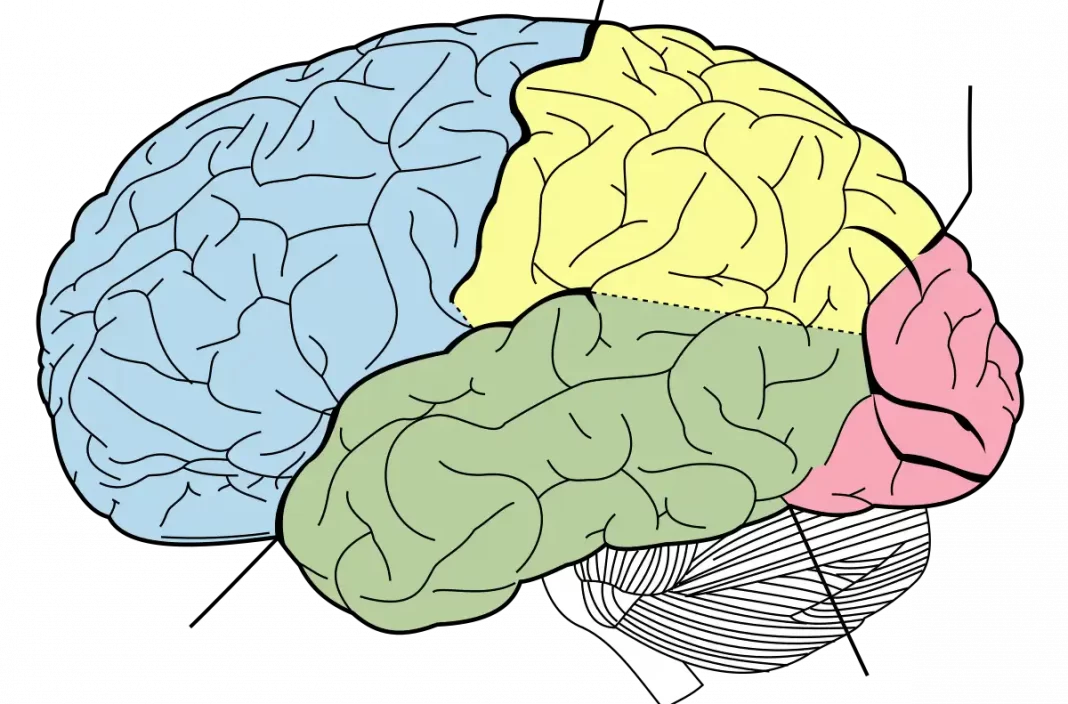In the earlier decades, researchers had to rely on certain specifications. While analyzing connection between gut microbes found in the GI (Gastrointestinal Tract) and brain, they used to appreciate the very connection between these two places, also called as gut–brain axis.
The above conversations looked crucial to know about the efficient working of these organs in the body. It was found that the entire system worked with the help of some complex system of microbe- and brain-derived chemical signals.
But these signals always looked challenging for the scientists to understand their working. In short, these were hard to decode.
Currently, it is difficult to determine which microbial species drive specific brain alterations in a living organism. Here we present a valuable tool that enables investigations into connections between gut microbes and the brain. Our laboratory protocol allows for the identification and comprehensive evaluation of metabolites – compounds microbes produce – at the cellular and whole-animal levels.”
Dr. Thomas D. Horvath, first author, instructor of pathology and immunology at Baylor College of Medicine and Texas Children’s Hospital
You might be aware that the GI tract basically harbors gut microbiota that are basically gut microbes which are otherwise beneficial for our body. They are well known to maintain a healthy intestinal environment.
Apart from the above, these gut microbes are essentially being recognized as their influence for some distant organs which includes brain.
In simpler words, scientists have found a connection between these gut microbes and some distant organs like brain and came to know how they mutually connect and work in the body.
“Gut microbes can communicate with the brain through several routes, for example by producing metabolites, such as short-chain fatty acids and peptidoglycans, neurotransmitters, such as gamma-aminobutyric acid and histamine, and compounds that modulate the immune system as well as others,” said co-first author Dr. Melinda A. Engevik, assistant professor of regenerative and cellular medicine at the Medical University of South Carolina.
It has now been revealed that gut microbes play a vital role in maintaining the overall health of the Central Nervous System (CNS). The above is highlighted by studying the links between gut microbiome and Alzheimer’s disease, Parkinson’s disease, schizophrenia, autism, obesity, and anxiety.
“Animal models have been paramount in linking microbes to these fundamental neural processes,” said co-author Dr. Jennifer K. Spinler, assistant professor of pathology and immunology at Baylor and the Texas Children’s Hospital Microbiome Center. “The protocol in the current study enables researchers to take steps toward unraveling the specific involvement of the gut-brain axis in these conditions, as well as its role in health.”
How gut-brain axis works in the body?
A number of studies done previously have bow revealed how gut microbes are directly linked to the working of various vital organs in the body including brain.
They studied how a single type of microbe is able to influence the brain. In order to complete the study, scientists used techniques like spectrometry, used to trace unknown compounds.
“The effect of metabolites was then studied in mini-guts, a laboratory model of human intestinal cells that retains properties of the small intestine and is physiologically active,” Engevik said. “In addition, the microbe’s metabolites can be studied in live animals.”
“We were able to create this protocol thanks to large interdisciplinary collaborations involving clinicians, behavioral scientists, microbiologists, molecular biology scientists and metabolomics experts,” Horvath said. “We hope that our approach will help to create designer communities of beneficial microbes that may contribute to the maintenance of a healthy body. Our protocol also offers a way to identify potential solutions when miscommunication between the gut and the brain leads to disease.”).
Source(s):
Baylor College of Medicine
Journal reference:
Horvath, T.D., et al. (2022) Interrogation of the mammalian gut-brain axis using LC-MS/MS-based targeted metabolomics with in vitro bacterial and organoid cultures and in vivo gnotobiotic mouse models. Nature Protocols. doi.org/10.1038/s41596-022-00767-7.
Also Read: Precordial Catch Syndrome Causes, Symptoms & Treatment
Follow Us: Facebook | Twitter | Google News



